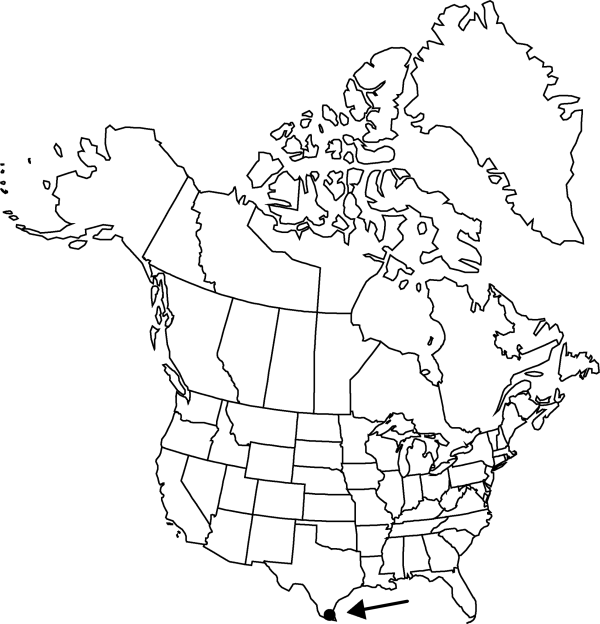Difference between revisions of "Iresine palmeri"
J. Wash. Acad. Sci. 5: 395. 1915.
Common names: Palmer’s bloodleaf
Basionym: Hebanthe palmeri S. Watson Proc. Amer. Acad. Arts 18: 144. 1883
imported>Volume Importer |
imported>Volume Importer |
||
| Line 52: | Line 52: | ||
|publication year=1915 | |publication year=1915 | ||
|special status= | |special status= | ||
| − | |source xml=https:// | + | |source xml=https://bitbucket.org/aafc-mbb/fna-data-curation/src/2e0870ddd59836b60bcf96646a41e87ea5a5943a/coarse_grained_fna_xml/V4/V4_900.xml |
|genus=Iresine | |genus=Iresine | ||
|species=Iresine palmeri | |species=Iresine palmeri | ||
Latest revision as of 22:01, 5 November 2020
Shrubs or vines, at least 3 dm. Stems sometimes scandent or decumbent, woody nearly throughout, scabrous. Leaves opposite; blade lanceolate, narrowly ovate, or lance-oblong, 12–60 × 5–17 cm, glabrous. Inflorescences: pistillate plants with panicles 2.5–6 cm; bracts and bracteoles ± equaling tepals; staminate plants not seen. Flowers: tepals green, oval, 1–1.4 mm, herbaceous, apex obtuse, pilose. Utricles exserted, subglobose, 1.7 mm, apex truncate. Seeds 1 mm.
Phenology: Flowering spring.
Habitat: Palm woods
Elevation: 0-10 m
Discussion
Selected References
None.
Lower Taxa
None.
